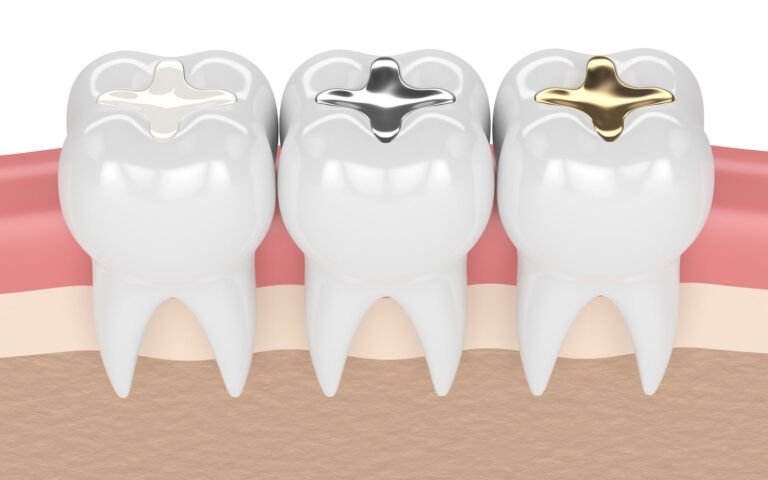Amalgam fillings used to be king of the coop when it came to dental restorations. Modern dentistry has dethroned this material with a host of new options. While amalgam still remains a popular choice for restorations, it’s no longer the most common. New options like composites provide greater durability matched with an enamel-like appearance amalgam can’t match. Over 50% of all restorations performed today use something other than amalgam. When it becomes necessary to choose a restoration material, will you know the right one for you? This guide can help you decide.
The Fall Of Amalgam Fillings And The New Dental Paradigm
The reign of the amalgam filling has lasted over 160 years. While it has always had those who spoke against it, its reign was unchallenged for most of that time. The first complaints involved the inclusion of mercury in its alloying process. However, there have to date been no recorded incidents of negative health effects from these fillings. In spite of the dangers involved in being exposed to unaltered mercury, the alloy renders it safe. However, there are still environmental concerns involved in its manufacture.
Amalgams are also becoming less popular among dentists due to restrictions that are put in place by various organizations. A special amalgam separator is required to be installed at dental practices. This device ensures that no portion of an amalgam enters the city septic system. European officials are currently working towards the total elimination of amalgams in dental practices. America is due to not be far behind. Some popular forms of restoration material that are quickly overcoming it in popularity include:
- Glass Ionomers
- Resin Ionomers
- Composites
- Ceramic onlays and onlays
- Gold alloys
These materials can all be used in the same instances as amalgams. Resin is a popular choice, but only for temporary restorations. They tend to be quickly replaced when the final restoration is completed. This is due to their need to be replaced once or twice a decade. Metal alloys, such as gold, tend to have the longest lifetime. However, the cost involved and the lack of natural appearance limit their popularity. The most popular choices in modern dentistry are composite fillings and ceramics.
Many of these materials can be used to create full restorations, including crowns designed for use with dental implants. Titanium implants are a very popular option when a tooth has been fully extracted. The use of titanium provides a stable foundation for a permanent restoration. Further, it stimulates the growth of new bone. This means that dental implants not only restore your smile they also continue to strengthen your jawbone. When ceramic or composite materials are used to create the crown, they also restore the beauty of a natural smile.
Speak To Your Dentist For More Information
The options available to you for restoration can be fully explored with your dentist. Their full understanding of your oral health concerns will put them in the best position to make a solid recommendation. Speak to your dentist today to learn what options are best for your restoration needs!




